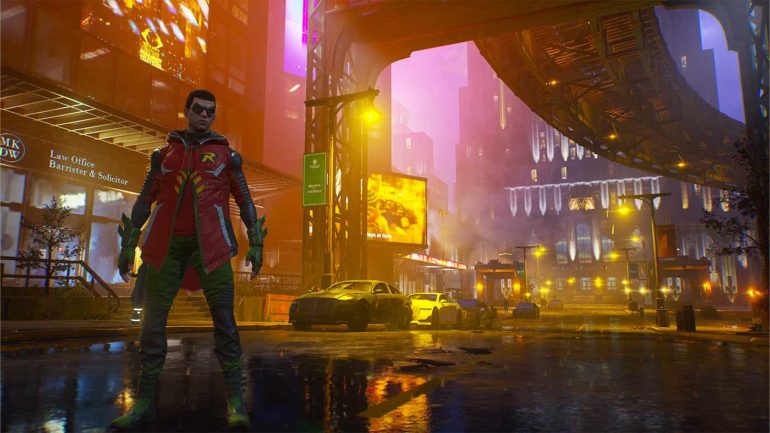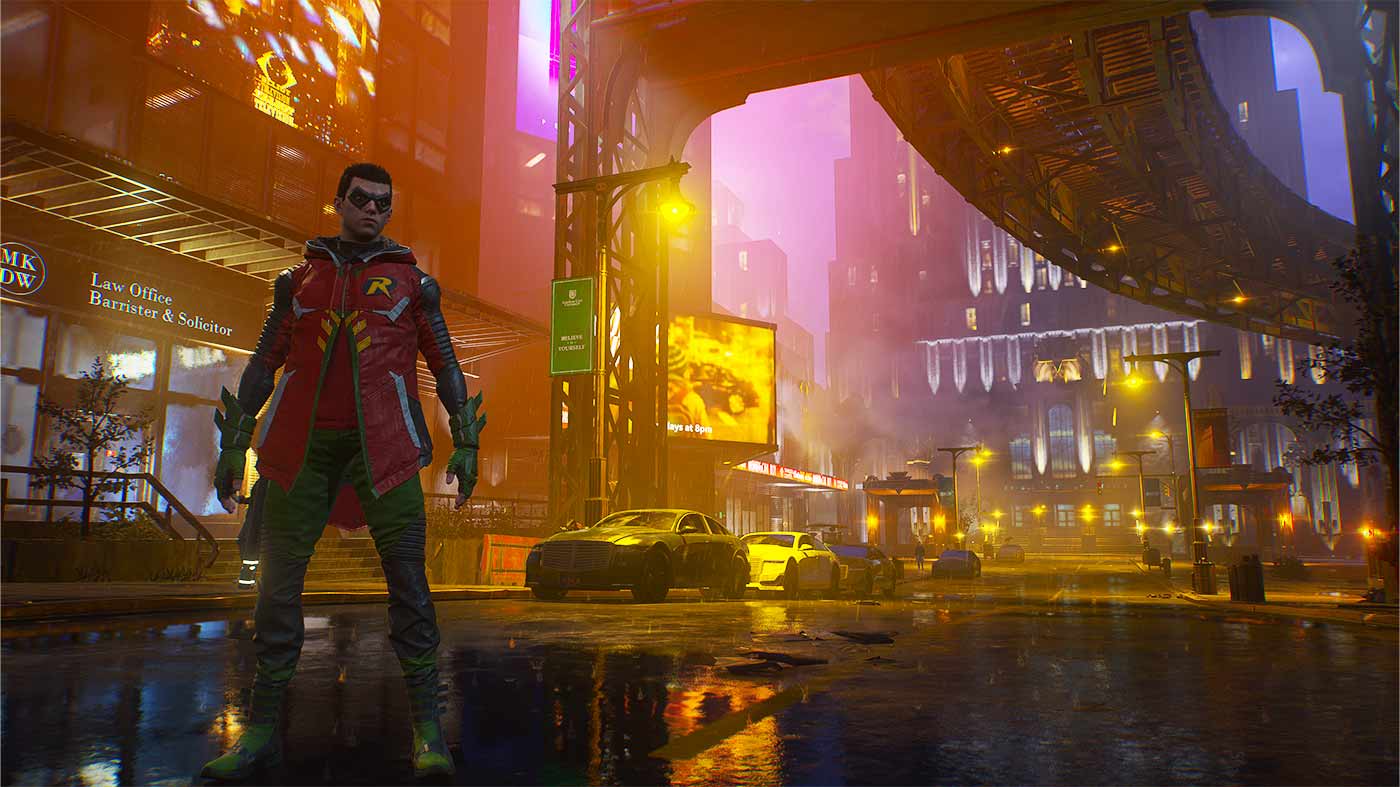It feels like we’ve been waiting for Gotham Knights, or even another Batman game, but after what felt like incessant teasing originally, it’s finally arrived. It certainly sets up a tough challenge for itself – can you make a Batman game without Batman? I was sceptical too. But while Gotham Knights lacks some of the finesse of those games that came before, it’s still an enjoyable experience, even if it takes a bit to get going.
First things first – Gotham Knights takes place in its own canon. Forget what happened in Arkham Knight. That said, anybody with a cursory knowledge of the world of Batman will easily find their footing in the world of Gotham Knights. We open with Batman dying in a battle with Ra’s al Ghul. In his absence, Gotham City is stricken with crime once more. Robin, Nightwing, Batgirl, and Red Hood, all proteges of Batman, take up the mantle as protectors of Gotham, continuing with the investigations Batman was working on. In doing so, the crew finds themselves embroiled in a war for Gotham between two of its oldest factions – the Court of Owls and the League of Shadows.
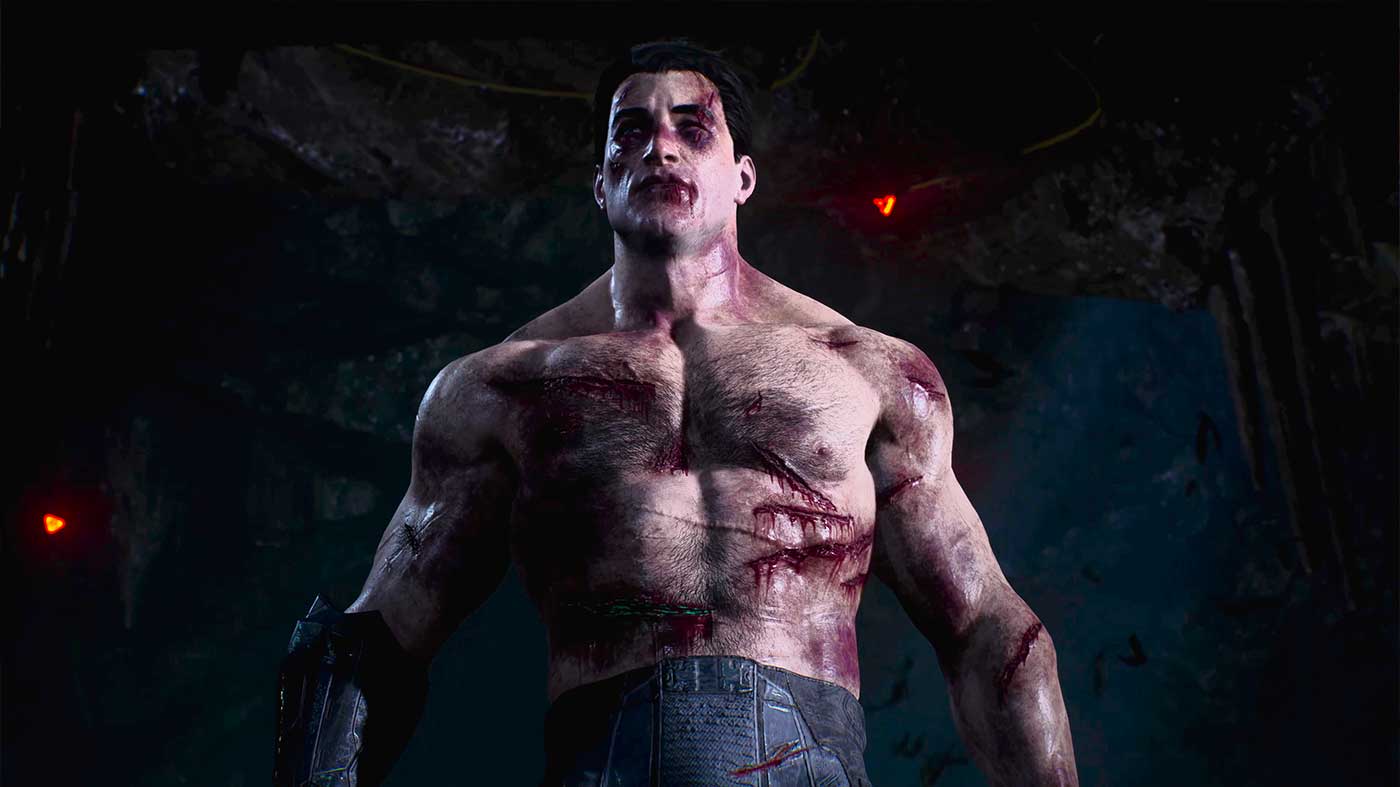
Comic book fans will undoubtedly find something to love in the way Gotham Knights presents its story. It’s packed with fun references to Batman that fans will love and some great moments between the cast as they reminisce on how to carry out Batman’s final will. There are some fun, if not predictable treatments of fan-favourite characters, but there’s one thing I absolutely adore. There’s absolutely no Joker to be seen. I’ve got nothing against him – but the mystery brought about by The Court Of Owls bolstered by their opposition to the League of Shadows is equal parts compelling and refreshing.
So, then, Gotham Knights eschews a playable Batman for Robin, Nightwing, Batgirl, and Red Hood. Each of the characters has their own unique moves, abilities, and tools that cater specifically to a type of playstyle. I gravitated more towards Red Hood, who doles out heavier damage and has excellent range options thanks to his pistols. But Batgirl and Robin were helpful on missions where stealth was more important. Nightwing felt like a jack of all trades, but his mobility helped me get around the city much more quickly. You can switch between them at the start of each night, so playing with each of them to find your style is recommended.
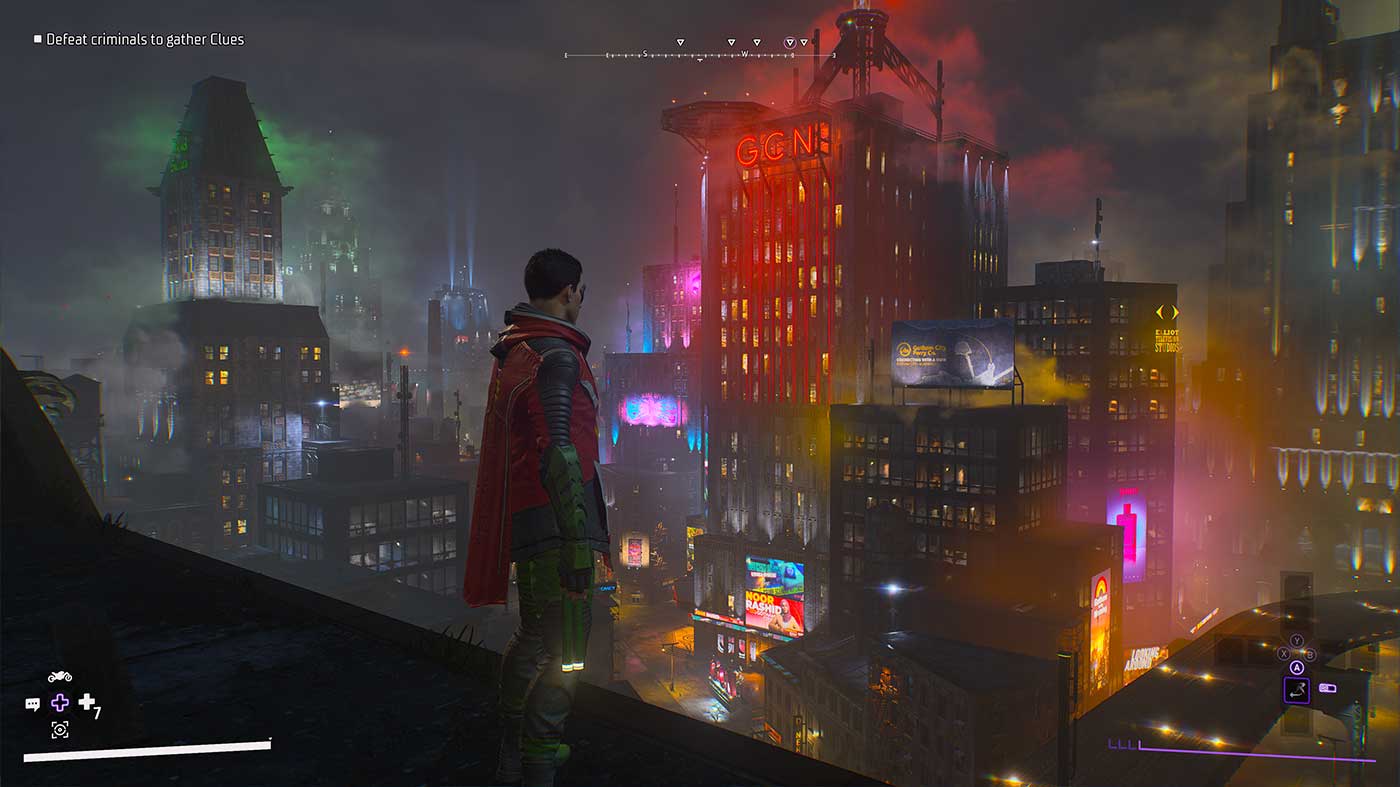
The combat system feels like it’s been lifted from Arkham but tweaked to better showcase the breadth of abilities each of the characters has. The general premise of the combat is the same – melee attacks that can be directed between enemies using the control stick. It still flows well and feels approachable enough for newcomers – but experienced players will build momentum better. Momentum powers your abilities, which are abilities that are unique to each character and buff, debuff, and inflict massive damage.
It’s a terrible cliché at this point, but if it ain’t broke, don’t fix it. Given how much functionality they can fit into a controller, it’s safe to see why Gotham Knights adapted this combat system from the Arkham games. But there’s one thing that can really hinder the flow of battles: how enemies react to your attacks.
THE CHEAPEST PRICE: $89 STANDARD EDITION WITH FREE SHIPPING
There’s no way to sugarcoat it – Gotham Knights has spongey enemies. Enemies take a lot of hits, bullets, or both before they die, and it feels especially egregious during boss battles which can last upwards of ten minutes. This issue permeates the entire game – everything feels longer than it should be. Like Assassin’s Creed Odyssey, Gotham Knights shoehorns RPG elements into its design – including levelling and crafting – to handle progression.
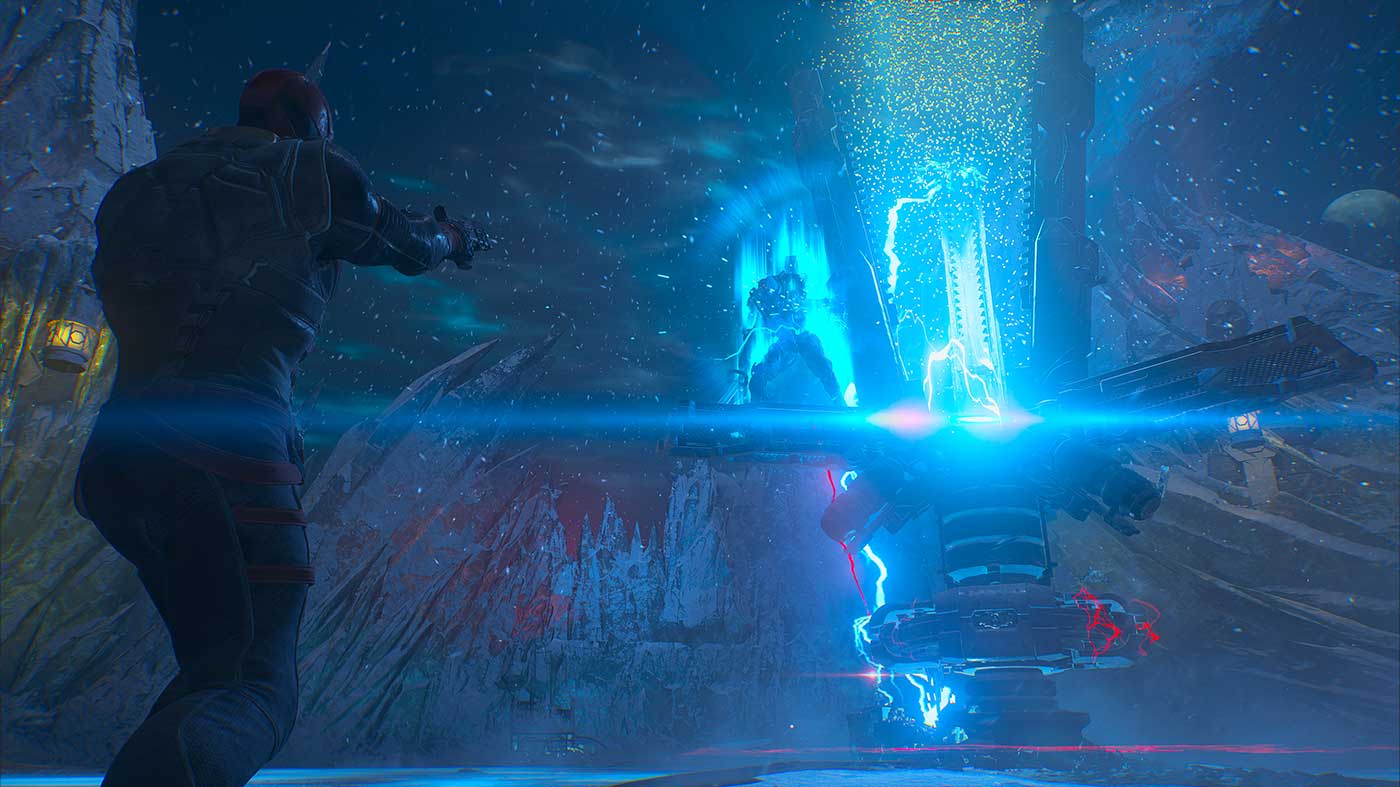
Admittedly, after finishing the game, I did discover that simply lowering the difficulty will reduce the amount of scaling of the enemy’s health, and makes the game flow a lot better, but be warned that reducing it too much will remove almost all semblance of a challenge. And you don’t want that.
As for how things flow, Gotham Knights splits its missions into story-based case files, other side missions, and villain case files. Most of the main story missions are great – mixing stealth and action in just the right amount – though some later levels get a bit repetitive. No matter what you do, the map populates with activities at the beginning of each night, so things are always changing, and there’s a sense of living within the city.
The variety in the activities feels like a lot, owing to a fantastic amount of enemy variety of wildly different types. But the way that the game uses these activities, too, once again, makes things longer than they should be, which can be a little frustrating.
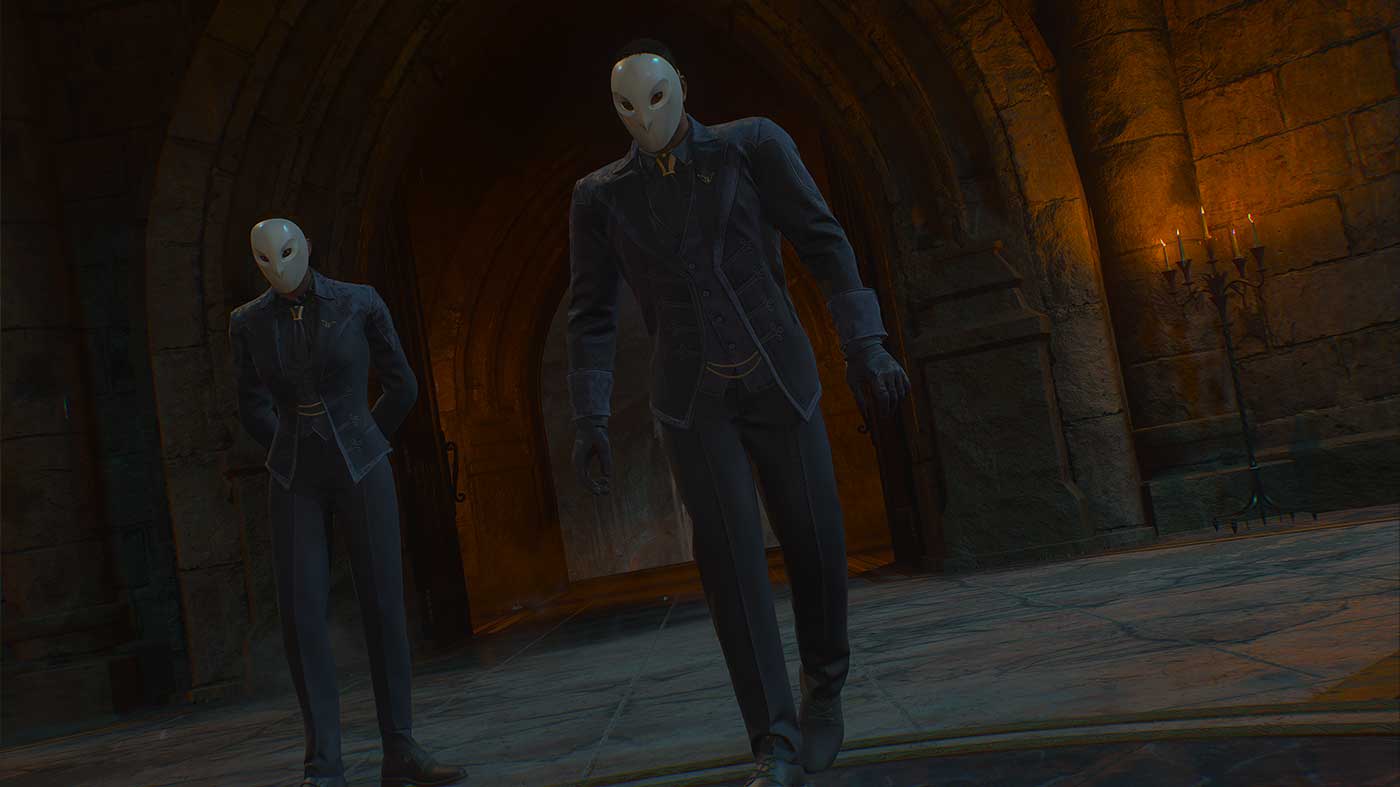
While there’s no explicit level gating in Gotham Knights, there are situations where the story’s pacing slows to a crawl. I’d be introduced to a new character a few times, but before they’d talk to me, I’d have to go off and do three or four side quests. I’d generally be okay with this brand of a detour, except these side quests never had much story relevance, and they felt like a cheap way to pad out the game.
I would’ve loved to have seen more of the villain files – these are three sets of storylines that follow three villains with missions that feel like they could be part of the main story. Harley Quinn, Mr. Freeze, and Clayface are the key villains featured here, and their storylines, while non-essential, serve as great and meaningful distractions from the primary investigation. While I’d love to see newer villains we’ve never explored in games before, the iterations of these villains shown here were fresh enough.
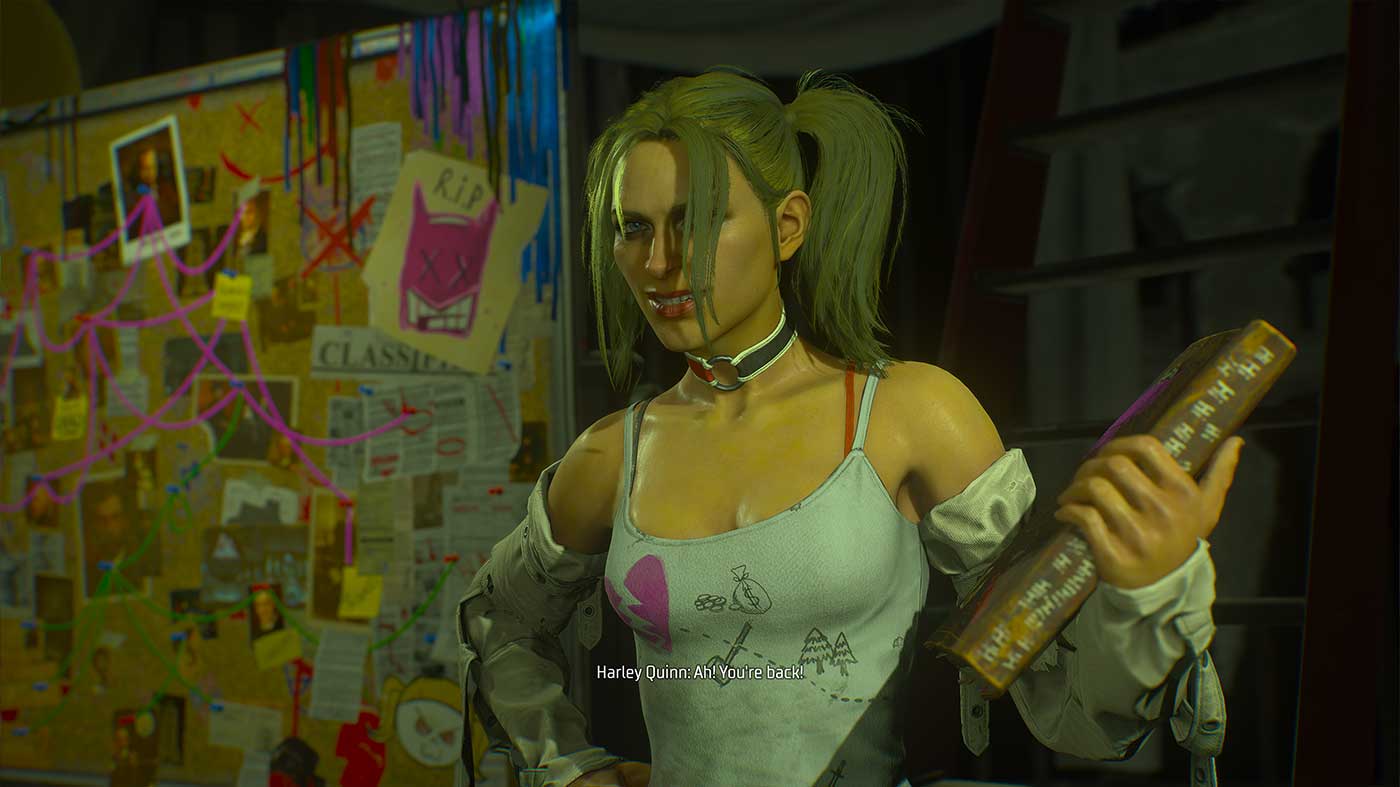
But one thing I adore about Gotham Knights is how flexible the progression system is. Given so much else about the game, it could’ve easily asked you to level up your characters individually. Thankfully, your level is synced across all four characters. Ability points will simply be waiting there for you when you switch characters. It’s a straightforward but effective way to encourage players to experiment and helps alleviate the feelings of repetition I’ve felt elsewhere – but, once again, there’s a catch.
Abilities are unlocked as the story progresses and are separately unlocked for each character. To do so, you’ll have to complete specific objectives. Defeat ten of a particular type of enemy. Complete five of a specific type of quest. I understand why these abilities wouldn’t just be given to everyone – but when you consider that this means you’ll have to do these objectives four times to unlock them for all – it does feel unnecessarily grindy. Add to this that basic traversal abilities, which makes the gameplay immensely better, are locked behind objectives like this, and it’s safe to say Gotham Knights doesn’t put it’s best step forward first.

When a friend joins, things are handled relatively well. While there is no arena-based mode yet, the entirety of the story can be played with a friend. When you join someone else’s world, you’ll keep all the experience you earn. If you complete missions in their world, you’ll be able to skip them entirely when you return to your own world. So many games have grappled with how to reward progression in games like this appropriately, and I think it’s safe to say that Gotham Knights absolutely nails it. Even better, you’re not tethered in the game world, so you can go wherever you want.
This might be controversial, but Gotham Knights is a fantastic-looking game. While it eschews the smoother framerate we’ve expected from this generation, it more than makes up for it with some phenomenal lighting effects. Gotham City is a neon-lit playground that’s a joy to fly around in. For the team to ideally leverage HDR and raytracing to give this world so much mood and brightness, I dare say it was worth the sacrifice. It’s a great and colourful game that still feels as brooding and moody as a game set in the world of Batman should be. There are some performance issues, though, especially during more intense weather moments (especially toward the end of the Mr. Freeze sections), but it generally performs well.
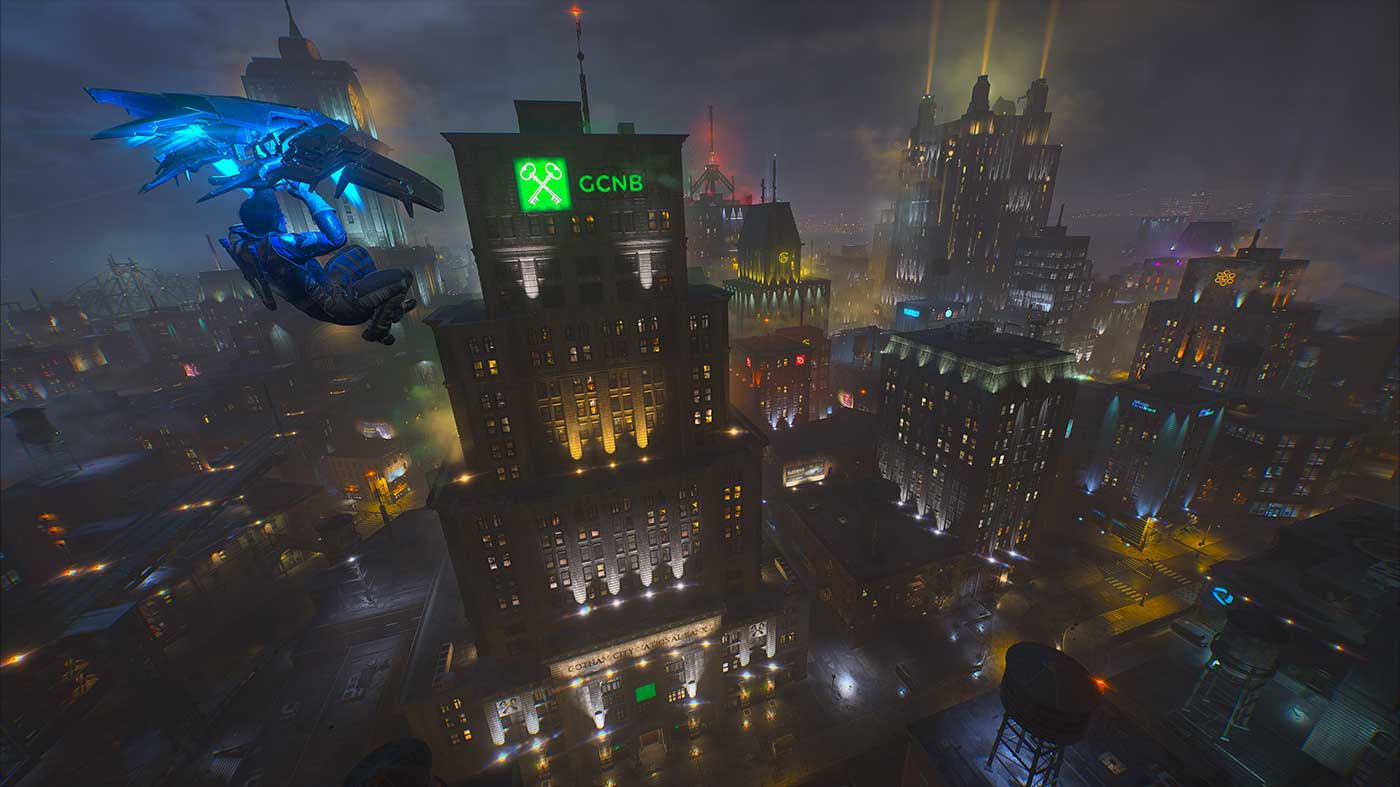
As the credits rolled on Gotham Knights, I couldn’t help but reflect on how, despite doing things that rubbed me the wrong way, it was still both addictive and enjoyable. I couldn’t wait to go back out onto the streets of Gotham, whether it be to prevent some more crimes, find some collectibles, or test a new ability I’d just unlocked. Even gliding around the city with each of the four characters was enjoyable. It sounds cliché, but Gotham Knights is greater than the sum of its parts, mainly if you stick with it through its somewhat rocky beginning.


